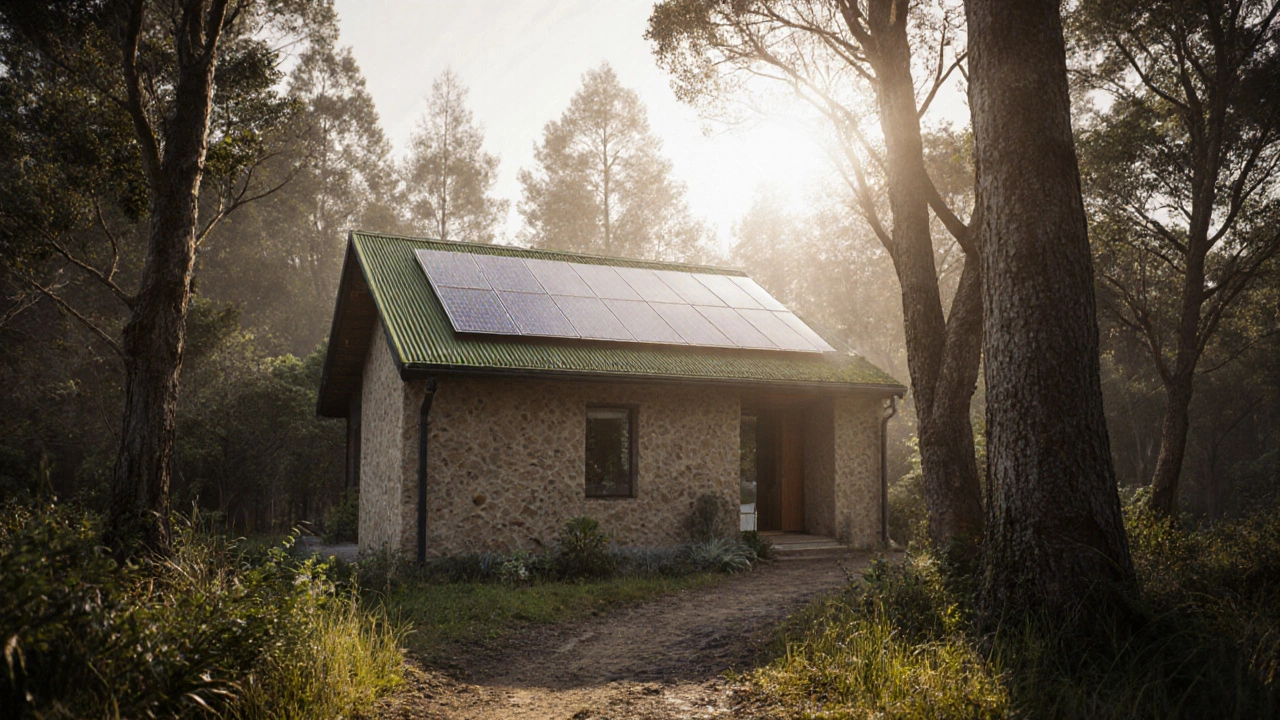Sustainable Home: Earth‑Friendly Living Made Simple
When thinking about Sustainable Home, a residence built to cut down energy use, waste, and carbon footprints while staying comfortable. Also called eco‑friendly house, it leans on renewable materials, smart insulation, and water‑saving fixtures. Eco‑friendly House, a home that meets strict environmental standards for energy, water, and materials is a core part of the concept. Likewise, Green Building, the broader practice of designing, constructing, and operating structures with minimal ecological impact provides the framework that makes a sustainable home possible. Finally, Tiny House, a compact, often mobile dwelling that emphasizes efficient use of space and resources shows how size can boost sustainability. In short, a sustainable home combines low‑impact design, smart technology, and affordable choices.
One of the biggest myths is that going green means breaking the bank. Our recent post on Eco‑Friendly House Costs reveals that upfront expenses can be offset by long‑term savings on energy bills, especially when you choose passive solar design and high‑performance glazing. For example, a well‑insulated three‑bedroom cottage can shave 30‑40% off heating costs each year. The same principle applies to Cheap Eco‑Friendly House guides, which show how reclaimed timber, bulk‑purchased insulation, and DIY rainwater harvesting keep budgets low while still earning green certifications.
Material choice is another key factor. Green Building Downsides outlines hidden challenges like higher initial costs for low‑embodied‑carbon products, but it also points out that many suppliers now offer bulk discounts for sustainable lumber and recycled steel. Pairing these materials with local sourcing reduces transportation emissions, a win‑win for both the planet and the pocket. When you combine these practices with smart appliances, the overall carbon footprint drops dramatically, matching the goals of the Which US State Is the Greenest? ranking that highlights Vermont’s success through policy and building standards.
Tiny houses illustrate how size amplifies sustainability. Our analysis in How Tiny Houses Are Eco‑Friendly shows that a 200‑square‑foot unit uses roughly half the energy of a typical 1,200‑square‑foot home, thanks to lower heating loads and smaller material needs. Add solar panels and a composting toilet, and you’ve got an off‑grid solution that still feels cozy. The guiding principle is “less is more”: fewer rooms mean fewer fixtures, which means fewer leaks and lower maintenance.
Building a sustainable home doesn’t have to be a solo mission. Many of our readers benefit from community programs, tax incentives, and grants that help offset the cost of renewable heating systems or solar arrays. The Build a Cheap Eco‑Friendly House: Step‑by‑Step Guide breaks down each stage—from site assessment to final inspection—so you can track progress and apply for relevant rebates at the right time. By aligning your project with local sustainability initiatives, you not only cut expenses but also boost resale value, a point highlighted in the Downsides of Green Buildings article.
All of these ideas weave together a clear picture: a sustainable home is a blend of eco‑friendly design, green building practices, smart sizing, and financial planning. Below you’ll find a curated collection of articles that dive deeper into each of these areas, giving you actionable steps, cost breakdowns, and real‑world examples to turn the concept into your next living space.
Best Places to Build an Eco-Friendly House in 2025
Discover the top places around the world to build an eco-friendly house in 2025, where climate, energy access, and local incentives make sustainable living affordable and practical.
- Oct, 27 2025
- 0 Comments
Most Eco‑Friendly House Types to Build in 2025
Explore the most eco‑friendly house types, from Passive House to Earthship, with a comparison guide, practical tips, and FAQs for greener building in 2025.
- Oct, 25 2025
- 0 Comments

